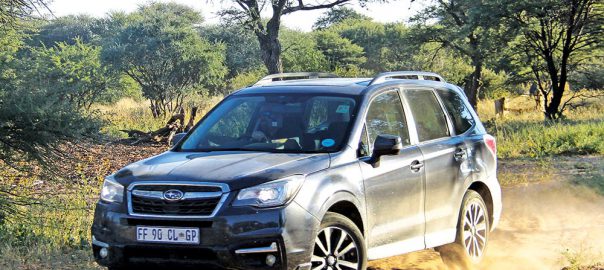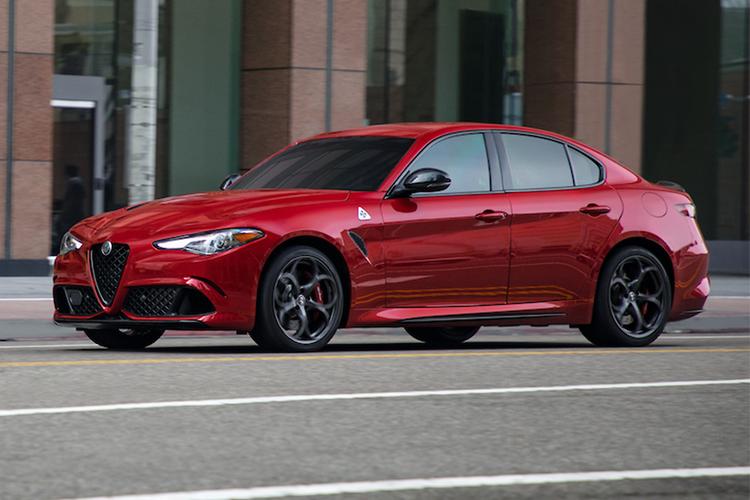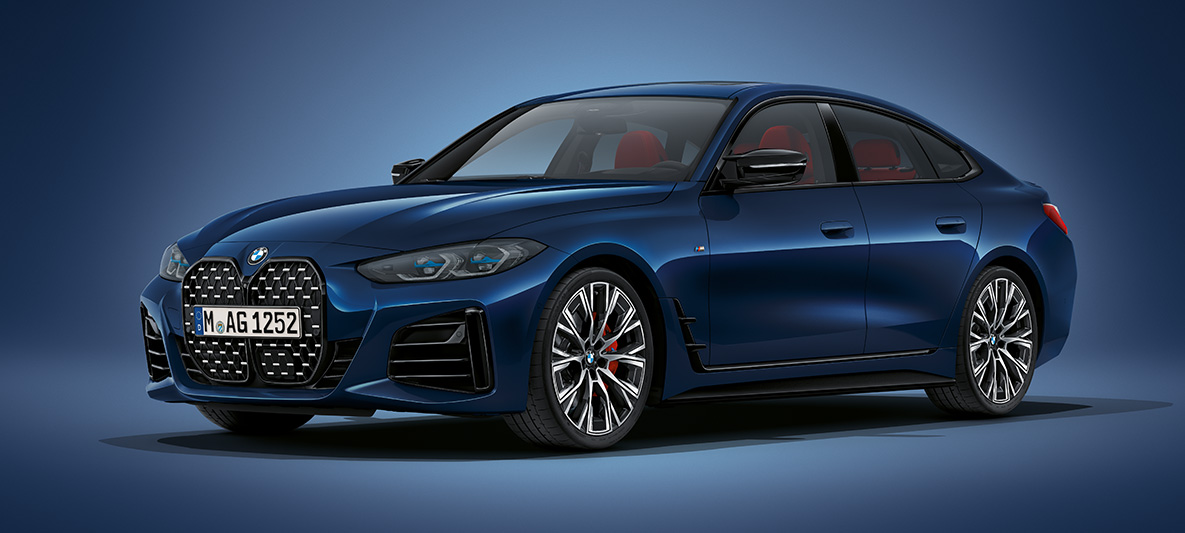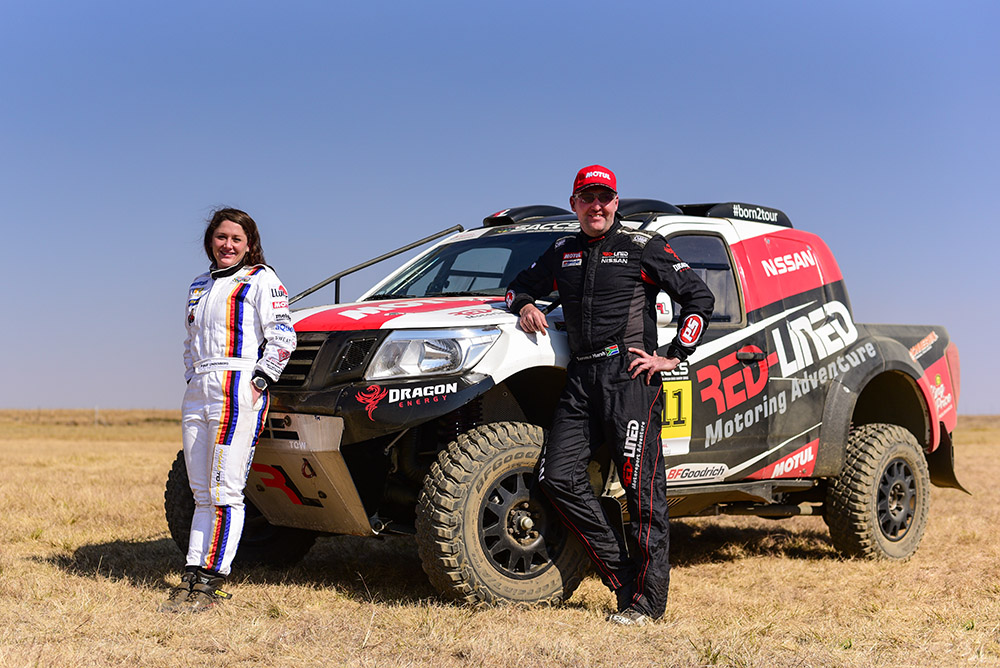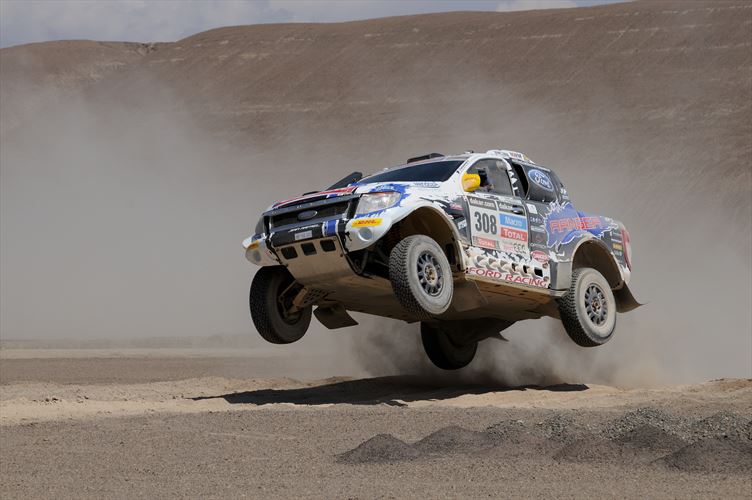A gravely unravelling
The anti-lock braking system, or ABS, has become a standard feature on the vast majority of new cars. For the most part, it is an ingenious system that ups vehicle safety and saves lives. On dirt, however, it can get tripped up.
Safety is often all about traction. While your vehicle has traction, you are in control. The car goes left when your turn the steering wheel left, turns right when you turn right, and stops when you push down on the brake. It doesn’t matter how fancy or technologically advanced your vehicle is, it’s still connected to the road only by four small patches of rubber. Every single input from the driver is related to the road purely through a car’s tyres. So traction is important, and losing traction can be very dangerous and very scary. You need only look at a vehicle skidding on ice to realise this. When driving on ice, a vehicle can lose traction because of a lack of friction. The surface of the ice is so slippery that the tyres can’t bite, they simply slip over the surface.
This means that nothing the driver does is translated to the road. Turning the steering wheel accomplishes very little, since the wheels are skidding freely, utterly indifferent to the direction they’re being pointed. Pushing down on the accelerator or brake is equally useless. With the wheels spinning without friction on top of the ice, their speed of rotation is largely irrelevant. Traction is obviously also an issue off-road. Dirt doesn’t offer the consistent and predictable driving experience that tar does. Sand, for example, can quickly result in a loss of traction, as can mud. Watching a 4×4 pointlessly spin its wheels in thick sand is a great lesson in the importance of traction.
How ABS works
Let’s return to tarmac for a bit. Under normal circumstances (if it isn’t pouring with rain, sand hasn’t washed onto the road and you’re not flinging a sportscar around a racetrack) traction isn’t really an issue. It’s been laid down, after all, to maximise traction. In fact, there is only one instance in which traction becomes an issue at all during day-to-day driving: when you’re trying to quickly and dramatically reduce your speed. By applying brakes to a wheel, you slow down the speed of rotation. Slam on the brakes during an emergency, however, and the brake pressure can be so much that it instantly causes the wheel to stop rotating. But the momentum is still there, which is why the car keeps skidding, even if the wheels have stopped. There is no relation between the speed of the wheels and the overall speed of the vehicle.
This is where ABS brakes come in. ABS systems prevent this situation by modulating your braking. They have sensors that detect when a wheel is about to lock up. Just before a wheel locks up, an ABS system releases the brake, and then instantly reapplies pressure. In the days before ABS, this was called cadence braking, and it was something drivers had to do manually if they wanted to prevent lock-up. These days, though, it’s handled automatically by the ABS system. You can simply sit on the brake and let the ABS sporadically release the pressure. So how does this work on a more technical level? Different systems work slightly differently, so we’ll look at the Bosch system here, which is one of the most popular on the market.
The ABS system has toothed discs at every wheel that run through sensors. A processor unit constantly monitors wheel speeds and deceleration rates. When the system realises that deceleration is happening too quickly and lock-up is imminent, a central hydraulic control unit cuts pressure to the brakes with the help of a solenoid valve. To make sure that brake pressure can instantly be reapplied, a pump and accumulator in the unit is used to maintain pressure.
ABS on dirt
The problem with ABS systems on dirt is actually quite simple: it doesn’t allow wheels to lock up enough. Unlike on tar, you want your wheels to lock up when braking hard on gravel. Why? Well, by doing this, you build up little mounds of dirt in front of each wheel that slow travel. It also allows the rubber to scrub through the loose topside dirt and get down to the solid surface. As soon as you brake hard on gravel, your wheels want to lock up. This is caused by the simple fact that the dirt/sand is acting like thousands of tiny and slippery little balls under the tyres. This is okay, since locked wheels will dig into the dirt and slow you down.
The problem with ABS, however, is that it won’t allow the wheels to lock up. So as you try to brake, you just keep sliding on the loose gravel, which results in a stopping distance that’s much longer than that of a vehicle without ABS. This is obviously an issue. Thankfully, though, it’s one manufacturers are aware of. At one time, some vehicle manufacturers even offered a ‘kill switch’ in their hardcore 4×4s for the ABS system (some G-Wagons had one), but legislation has now made that impossible. However, many vehicles today have systems that detect when a vehicle ventures onto gravel and automatically adjusts the braking system to allow more lock-up. A good example is the VW Amarok, which dramatically adjusts the braking system when you push the ‘Off Road’ button. If you’re worried about what your vehicle will do when you brake hard on gravel, it’s worth finding out what sort of system your 4×4 has.
If it’s a relatively new and expensive model, it’ll probably make allowance for braking on gravel. If it’s more basic, but still has ABS, you need to remember that your braking distance will be significantly increased.
Text: GG van Rooyen
